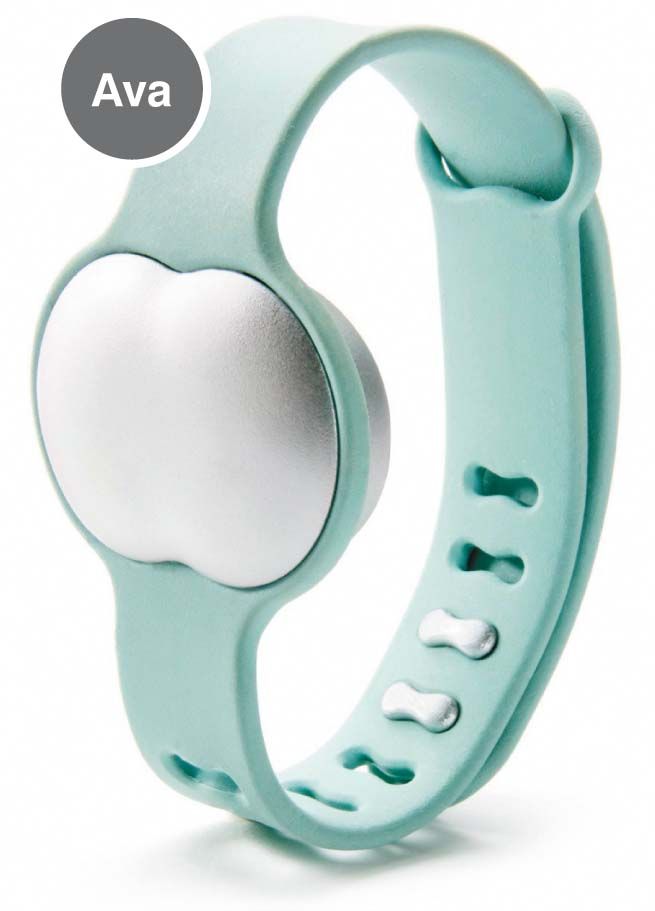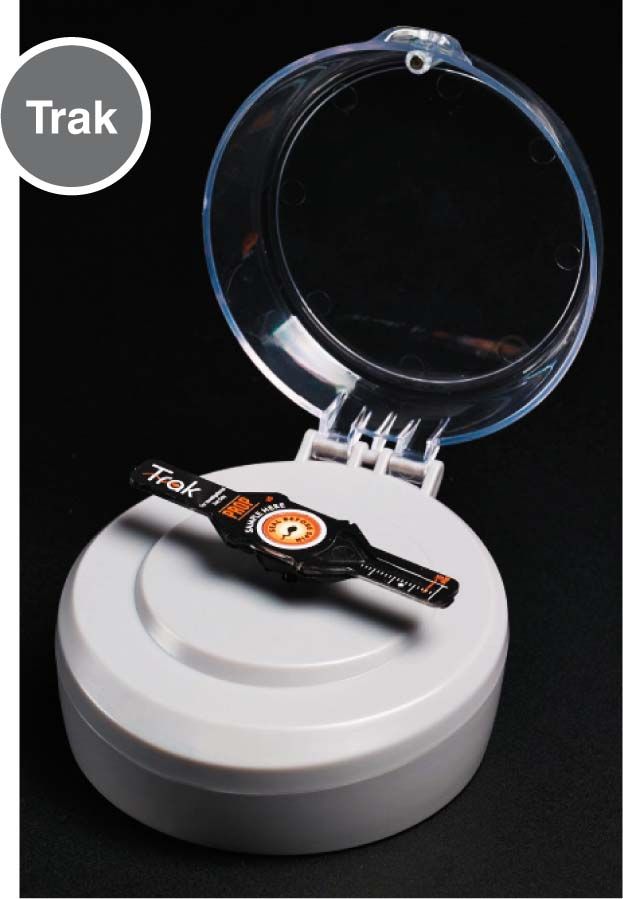Fertile technologies
Here I review 3 of the newest technologies that are helping patients achieve their dreams of becoming parents.
One of the reasons I went into reproductive endocrinology and infertility (REI) is my passion for technology. As a young medical student, I was absolutely amazed by the melding of science and technology with the world’s smallest and most intricate surgery: intracytoplasmic sperm injection (ICSI), whereby a single sperm is injected into a single egg. As I learned more about REI, it was the technology that truly hooked me! Take for example preimplantation genetic diagnosis (PGD), whereby a single cell (at the 8-cell stage) or a sample of the trophectoderm of an embryo (at the blastocyst stage) is removed for genetic testing. These microscopic procedures are done with extreme precision and have yielded hundreds of thousands, if not millions of babies.

Years later, as a practicing REI, technology is what once again keeps me loving my job. Yes, I’m still in awe of ICSI, PGD, egg freezing, advances in embryo culture, and the ability to reliably transfer a single euploid embryo. But, I’m also quite interested in the technologies that my patients are adopting in their fertility journeys. Almost every patient I see for an initial consult describes her cycle regularity through use of a menstrual-tracking companion app. Many women use ovulation predictor kits that range from store-branded simple positive/negative strips, to advanced monitors that have Bluetooth connectivity and alert the patient to her fertile window. Here I review 3 of the newest technologies that are helping patients achieve their dreams of becoming parents.
Kindara

If your patient loves data, Kindara is the app for her! As opposed to most other fertility aids, Kindara does not simply ask the patient to just enter her menstrual calendar. Kindara is the repository of all information regarding a woman’s cycle (depending on how much information she wants to share). In the most basic utilization, a user can enter characteristics about her menstruation (onset of menses and level of flow), which helps the app know when she has started a new cycle. The patient can then layer on information about her cervical mucus (although Kindara calls it fluid) with descriptors of its consistency (sticky, creamy, egg-white, or watery) to help predict when ovulation will occur. Together, these data sets help predict the “fertile window”-the time when a patient may ovulate.
To help increase Kindara’s accuracy, patients can also input daily basal body temperature (BBT) recordings to deduce if/when ovulation occurred. Taken together, the data can allow a patient generate a highly accurate noninvasive record of her cycle which can help her not only understand her cycle, but also aid her reproductive endocrinologist through creation of beautiful charts/graphs.
Recommended: Helpful technology for older patients
Kindara app also allows for tracking of other parameters such as frequency of sex, travel, and ovulation predictor kit results, which can help put the pieces together when a woman has an irregular cycle. Furthermore, the app allows for social networking with other users in a virtual community that is an incredible resource for women who are truly struggling with trying to get pregnant and may feel isolated.
Lastly, given that few (if any) of us own a highly accurate oral thermometer, Kindara has developed a companion device called Wink, which is an oral thermometer meant to be left on the night stand to allow patients to capture their temperature and the time it was taken. These data are then synced automatically with the Kindara app.
NEXT: Ava and Trak
Ava

At first glance, Ava looks like a FitBit, Jawbone, AppleWatch, or any other wearable device. While it doesn’t tell time like the other devices, it does integrate 9 distinct parameters to help predict a woman’s fertile window. Ava measures resting heart rate, skin temperature, heart rate variability, sleep, breathing rate, movement, perfusion, bioimpedance (the resistance of body tissue to tiny electric voltages), and heat loss. These millions of data points are continuously collected while the user is sleeping and they are wirelessly synced to the user’s phone in the morning. Then, through use of a proprietary Ava app, the user is alerted to when she is in her “fertile window.”
One of the reasons that I like the device is that the Ava algorithm is rooted in real patient data. In a small observational study (41 patients), the researchers at Ava measured the aforementioned 9 parameters in 155 menstrual cycles. The data gathered were cross-referenced with urine tests taken during the fertile phase. According to the manufacturer’s website, Ava was found to identify an average of 5.3 fertile days per cycle with an accuracy of nearly 89%.
While I’ve yet to have a patient show me her Ava data, if a patient were to ask me if there were a near-effortless device for monitoring her cycle, Ava would definitely be at the top of my list!
Trak

The etiology of infertility is estimated to be 40% female in origin, 40% male, and 20% unknown. However, it seems that nearly all fertility-related apps and devices are focused on the female partner. That is, until Trak. Trak is a portable centrifuge that offers men an easy and discreet way to estimate their sperm count in the privacy of their own homes. In the same way that women can monitor their ovulation through urine dipsticks, thereby avoiding blood tests in the fertility clinic, Trak lets men get a rough estimate of one of their semen parameters (concentration) without the need to schedule a semen analysis at a fertility clinic.
Users simply produce a semen sample at home, use the included dropper to fill a disposable propeller-shaped cartridge with it, and place the cartridge in the centrifuge. The device spins the sample to help separate the sperm cells from associated cellular debris. Once the sample is fully spun, demarcations of the cartridge offer semi-quantitative guidance on the measured sperm count, such as “low” (<15 million/mL), “moderate” (<55 million/mL), or “optimal” (>55 million/mL). These parameters are based on the clinical recommendations of the World Health Organization guidelines as well as numerous clinical studies comparing couples’ time to achieving pregnancy with varying sperm counts.
Quite often one of the final pieces of information that I will gather about a couple is the man’s semen parameters. Sometimes this is due to simple scheduling difficulties, but sometimes it is due to the patient feeling embarrassed and uncomfortable producing a specimen in the clinic. With Trak, patients can now discreetly tell whether they have sperm, and if so, how much. That data help improve the yield of the initial office visit.
Next: Gadgets for health tracking
These 3 apps/devices are helpful resources for our patients. Fertility tracking devices can be used to help optimize the time of intercourse, to help prevent pregnancy, or simply to help women know more about their bodies.

I’m pleased to see that fertility-related devices are now being made for men, and I hope that companies such as Trak will start to address other semen parameters such as morphology and motility. Fertility is such an important topic, and also so sensitive, so it’s wonderful to see that at-home innovations are the leading fertility technologies of 2016.
